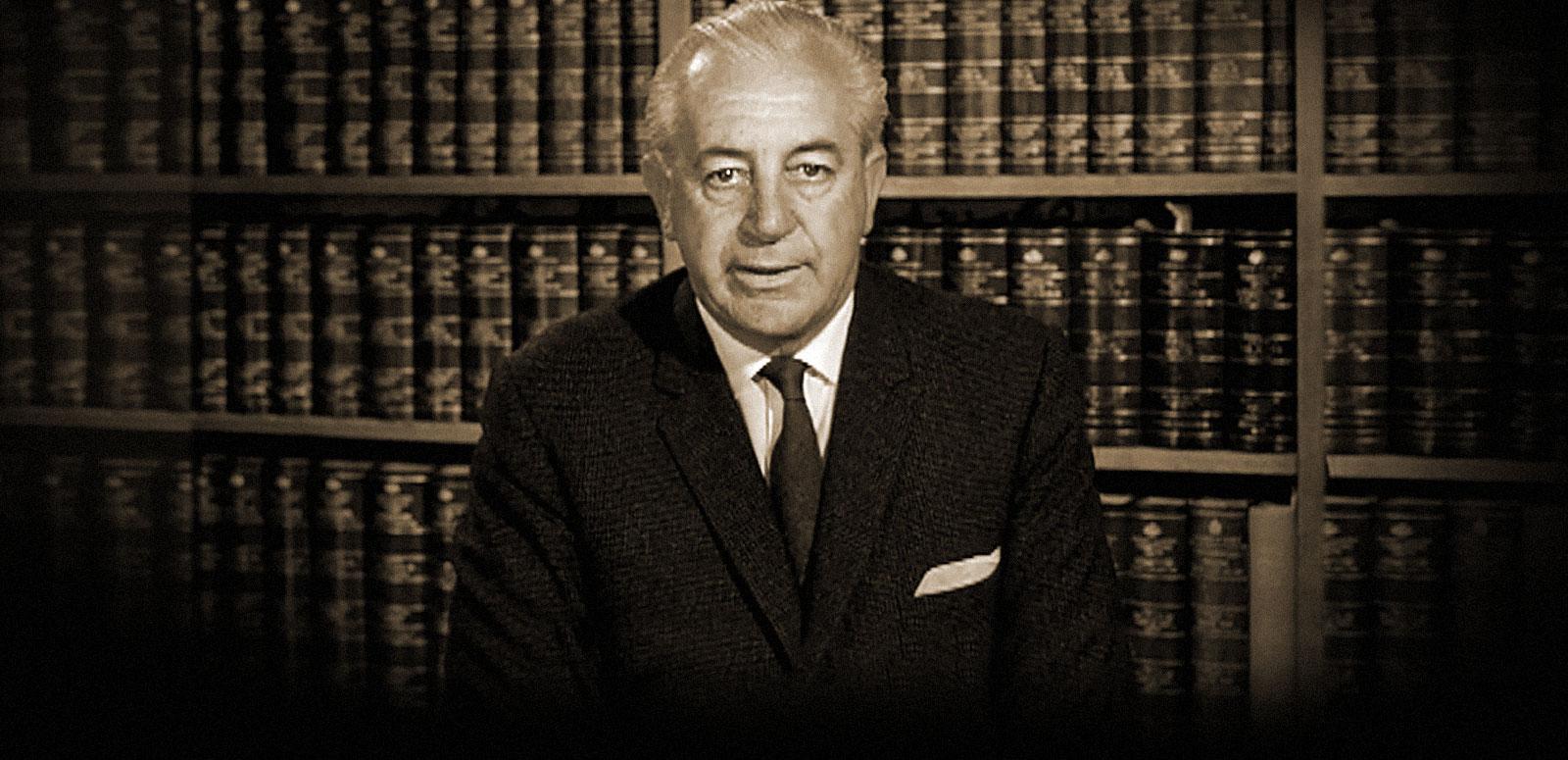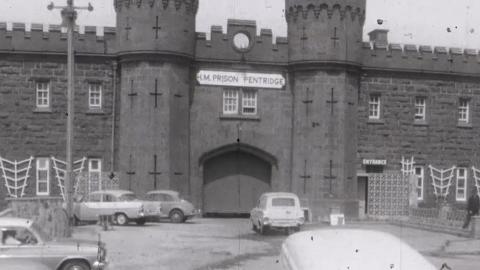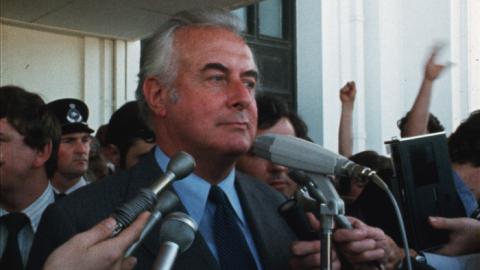

Harold Holt: The missing prime minister
Harold Holt: The missing prime minister
Prime Minister Harold Holt disappeared at Cheviot Beach, Victoria on 17 December 1967.
No trace of him was ever found and the case remains one of Australia’s greatest mysteries. How could the leader of the country simply vanish while still in office?
This collection includes Channel Nine television news footage from December 1967 and extracts from the comprehensive documentary The Harold Holt Mystery (Ten Network, 1985).
There are also clips of Holt hosting Australia's first US Presidential visit in 1966 and, as Treasurer, introducing the new decimal coin designs.
The National Film and Sound Archive of Australia acknowledges Australia’s Aboriginal and Torres Strait Islander peoples as the Traditional Custodians of the land on which we work and live and gives respect to their Elders both past and present.


